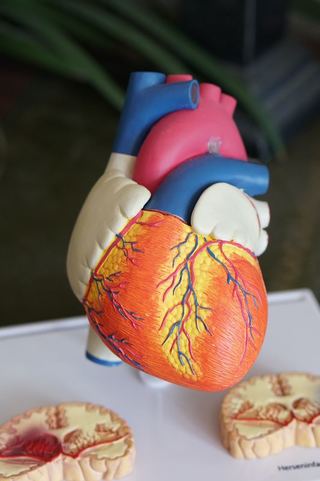chronic heart failure
|
Sometimes called congestive heart failure, is defined as an inability of the heart muscle to pump blood at a rate consistent with the metabolic needs, resulting in fatigue or dyspnea. There are two forms of CHF: systolic and diastolic. Systolic heart failure is a condition in which the ability to contract the left ventricle is impaired, resulting in an ejection fraction <35% of normal. Diastolic heart failure, on the other hand, reflects an inability of the left ventricle to relax normally and fill appropriately due to increased stiffness or thickness.
|
Basic Exercise Guidelines:
- NOTE: exercise recommendations should be based on medically supervised maximal exercise testing and if possible oxygen consumption measurements, as identifying anaerobic threshold can be valuable for exercise prescription
- aerobic conditioning performed at an intensity of 40% to 70% VO2 or heart rate reserve, 4-7 days per week, at 20 to 60 minutes per day at a light intensity of and RPE of 12-14
- resistance training has been shown to be safe and effective using light-to-moderate loads (40-80% 1RM) in a circuit weight training format
- HIIT may be performed for those clients with higher exercise capacities and those who have been appropriately screened for this type of activity
